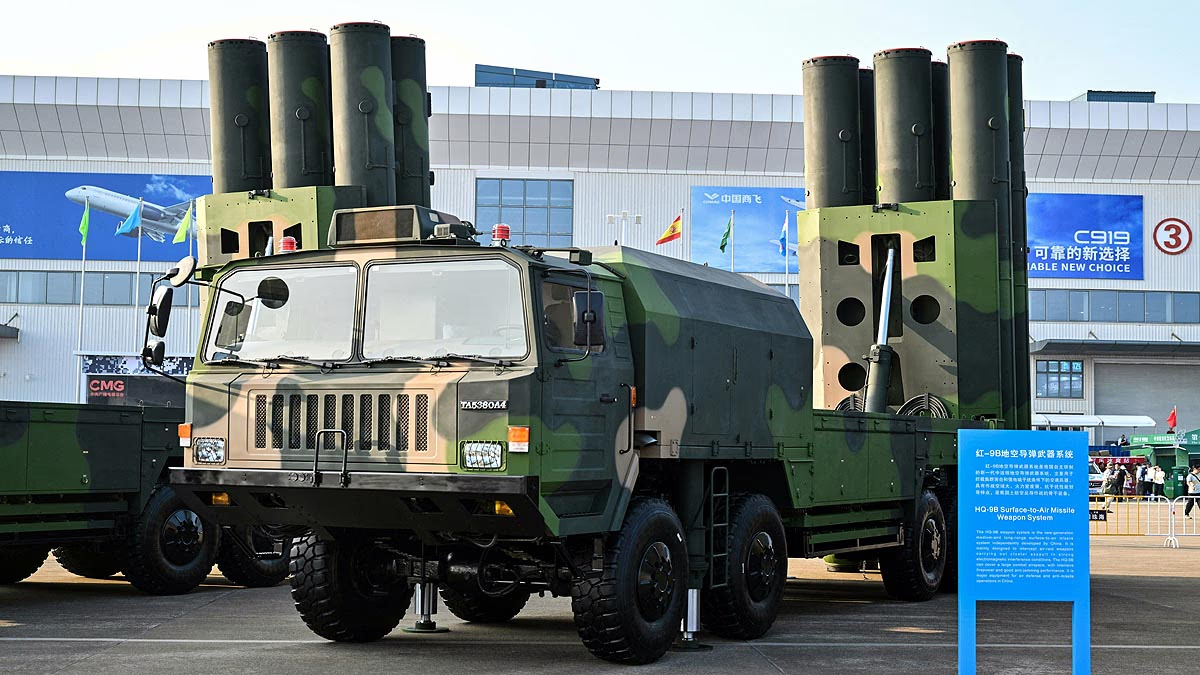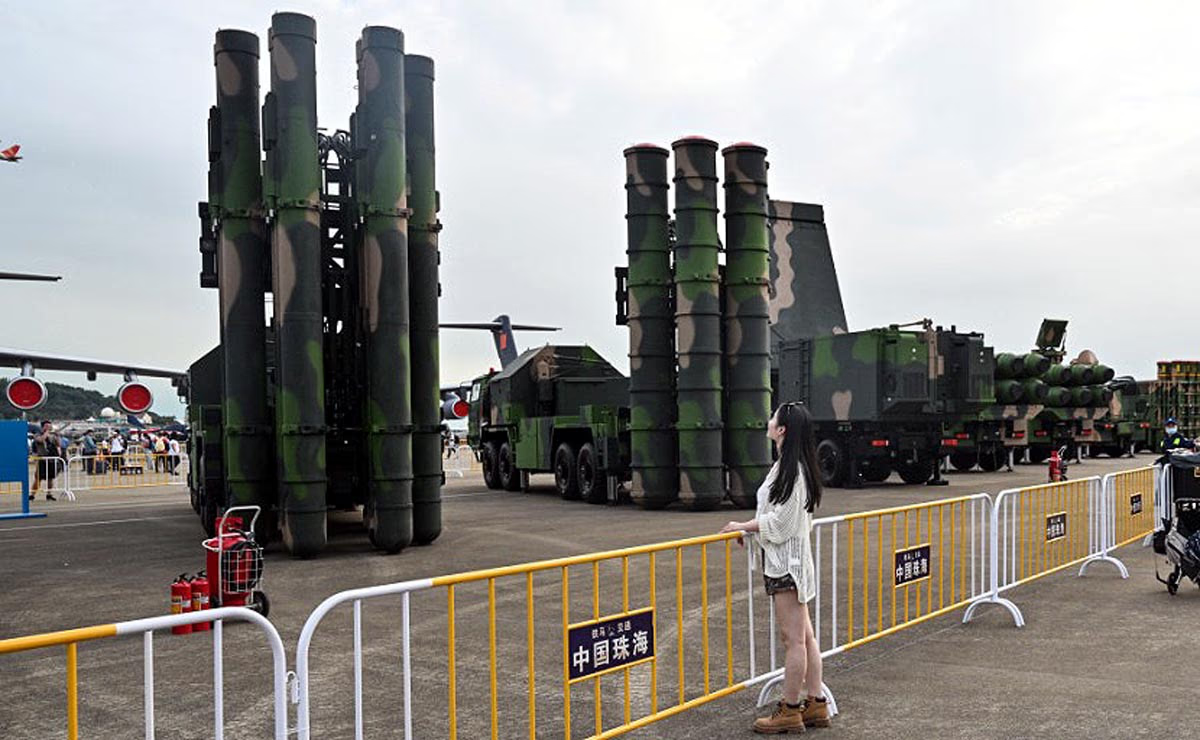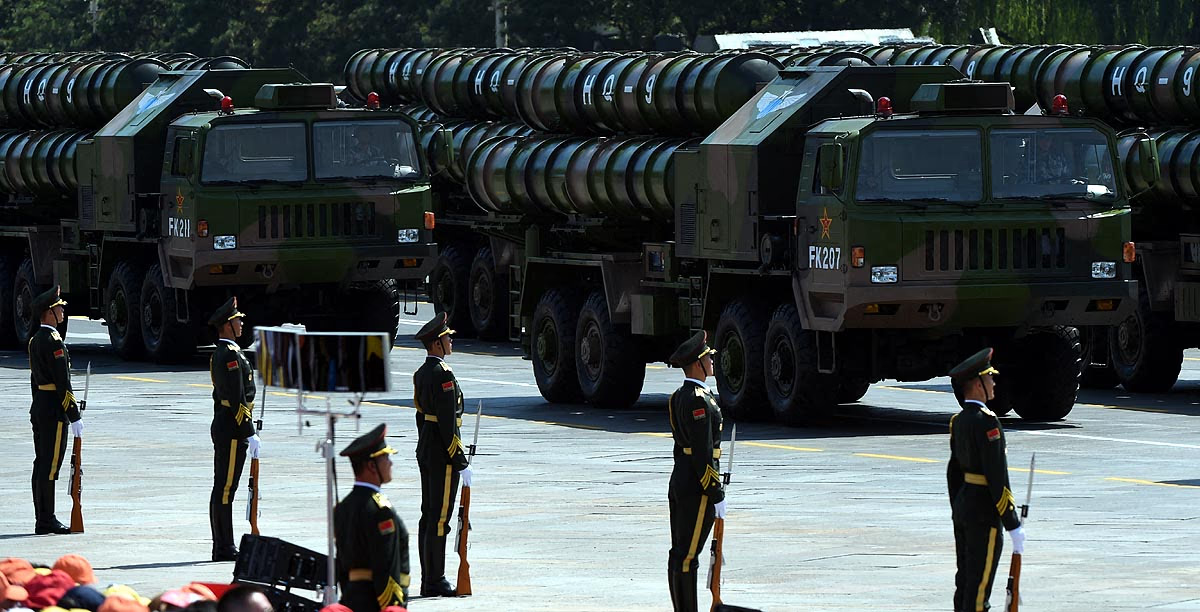The success of Operation Sindoor not only marks a triumph of India's military strategy but also exemplifies indigenous defense technology and self-reliance. During this operation, India's homegrown air defense systems, drone warfare, and electronic warfare capabilities showcased the story of jamming Pakistan's Chinese HQ-9 radar system in just 23 minutes...
Jamming the Chinese HQ-9 Radar System in 23 Minutes
During Operation Sindoor, India achieved an unprecedented technical feat by jamming the Chinese HQ-9 air defense system given to Pakistan in merely 23 minutes. Developed by China based on Russia’s S-300, the HQ-9 is capable of intercepting airborne threats, such as fighter jets and missiles.

Source: aajtak
How Was It Jammed?
Electronic Warfare (EW):
India utilized advanced electronic warfare systems to disrupt the HQ-9's radar and communication networks. This process disabled the radar’s target tracking and missile guidance capability.
Indigenous Technology:
India's indigenous EW systems, such as Samvedna and other confidential systems, effectively jammed the HQ-9 sensors, rendering them blind.
Precision Strikes:
After jamming, the Indian Air Force employed loitering weapons (suicide drones) to destroy the HQ-9 system in Lahore. These weapons hover in the target vicinity to execute precise strikes.
Outcome:
This operation significantly weakened Pakistan’s air defense capability.

Source: aajtak
Operation Sindoor
India initiated Operation Sindoor following a terrorist assault on tourists in Pahalgam on April 22, 2025, aiming to dismantle terror infrastructure and deliver a strategic warning to Pakistan—demonstrating vigilance without crossing the Line of Control or international border.
This joint operation of the Indian Army, Air Force, and Navy targeted terror bases and Pakistani military assets. The highlight was the use of indigenous high-tech systems showcasing India's technological supremacy in drone warfare, air defense, and electronic warfare.
Air Defense: India’s Impenetrable Shield
On the night of May 7-8, 2025, Pakistan attempted drone and missile strikes on various military bases in northern and western India. India's integrated counter-UAS grid and air defense systems rendered these attacks entirely ineffective.

Source: aajtak
Neutralization of Pakistani Attacks
India's air defense systems fully countered Pakistani drones, missiles, and other aerial threats. By the morning of May 8, Indian armed forces targeted multiple Pakistani air defense radars and systems, successfully neutralizing a Chinese-made HQ-9 air defense system in Lahore.
Precision Strikes and Suicide Weapons
During Operation Sindoor, India conducted precision attacks on key Pakistani airfields using loitering weapons (kamikaze drones), effectively locating and destroying enemy radars, missile systems, and other vital targets.
Loitering Weapon Features
These drones patrol the target area, seeking suitable targets. With high accuracy and low cost, they are more effective than traditional missiles. India deployed indigenous loitering weapons such as ALFA-S, developed by DRDO.
ISRO’s Role
ISRO President V. Narayanan announced on May 11 that ten satellites continually monitor India's security, scanning 7,000 km of coastline and northern borders. Satellite and drone technology offered real-time intelligence for Operation Sindoor, ensuring India’s strategic success.




